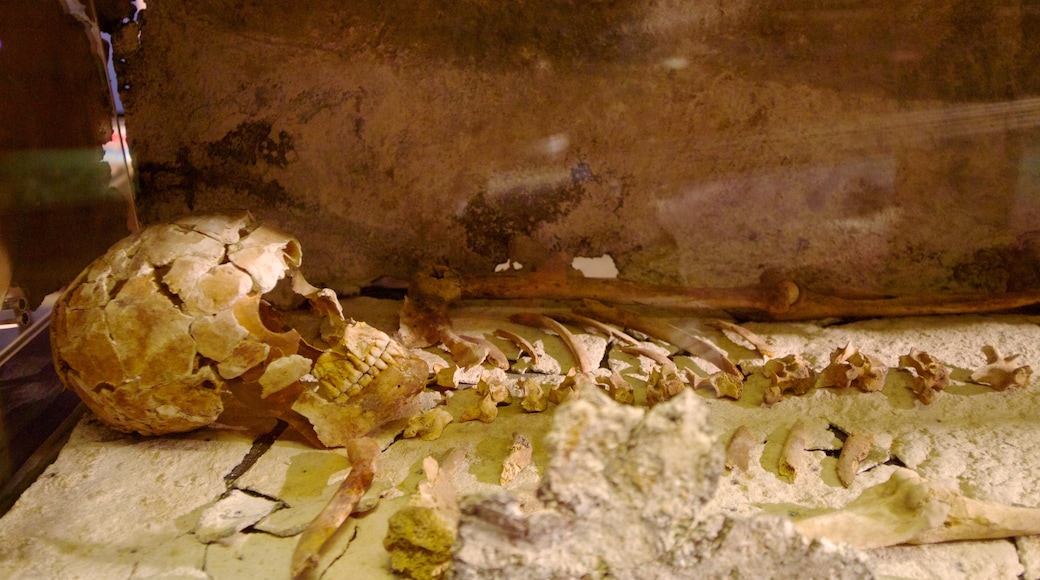See complex mosaics and important archeological finds, including two skeletons, at these fascinating ruins. Kids will love dressing up in Roman costumes.
Lullingstone Roman Villa are the ruins of a building that dates back to Roman times. The villa was built in the first century and later changed hands and became a chapel during the time of the Saxons and then the Normans.
The ruins were first discovered in the 1700s, although much of what you see now was uncovered in the mid-1900s. Today, a building protects the ruins and has displays about the site and archaeological finds. Marvel at the intricate fourth-century mosaics on the floor of the villa that depict scenes from Latin literature, such as Trojans and gods. If you are brave enough, look for the two full skeletons on display. One of the skeletons is of a Roman gambler and both were found in coffins excavated on site. Take a free audio tour of the ruins for a greater understanding of its relics.
Head to the pagan shrine that was later converted to a Christian chapel. You can still see artworks of deities and nymphs on the walls. Imagine Roman dinner conversations in the old dining room.
Let the kids dress up in traditional Roman attire and watch them partake in Roman board games.
Stroll along the Lullingstone Loop Walk around the picturesque grounds. Capture photos of the archeological complex, but note that there are some restrictions on photography. Stop for refreshments at the café or enjoy your own picnic against the backdrop of the Darent Valley and its river.
The entrance fee to the villa varies depending on your age and the size of your group. Opening hours also vary so check the website before visiting. The parking lot is free for English Heritage members but otherwise there is a small fee.
Lullingstone Roman Villa is a half-mile (1-kilometre) walk from Eynsford Railway Station across the River Darent. Come by bus or train from many surrounding cities and towns, including London. Rent a bike to cycle the short distance to the villa from Eynsford town centre.













